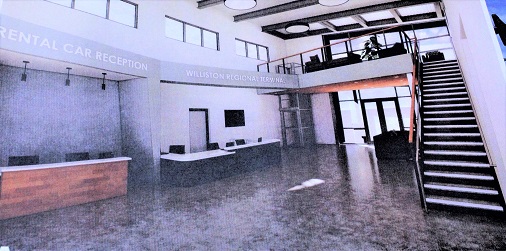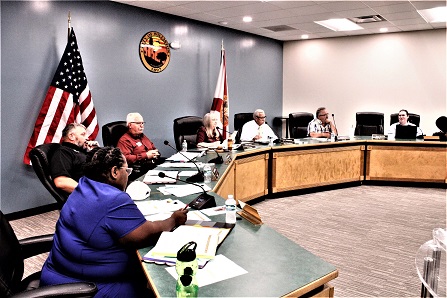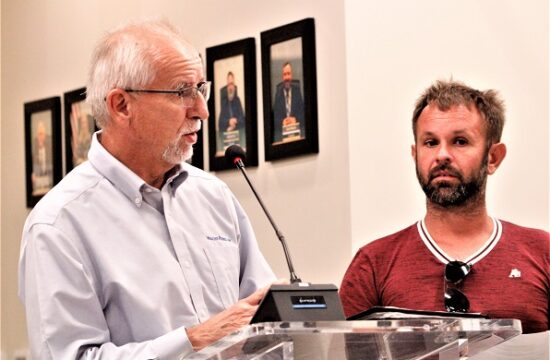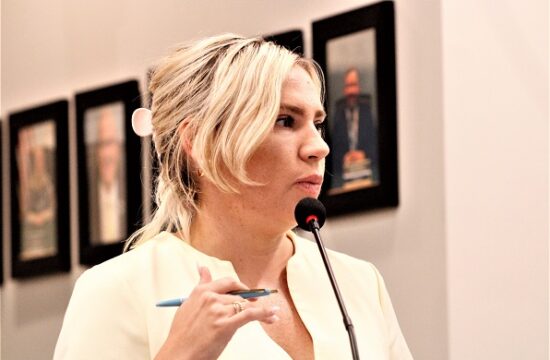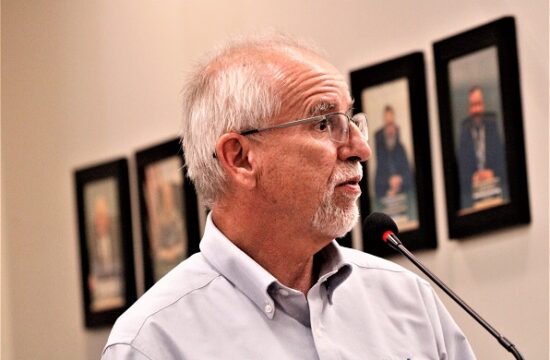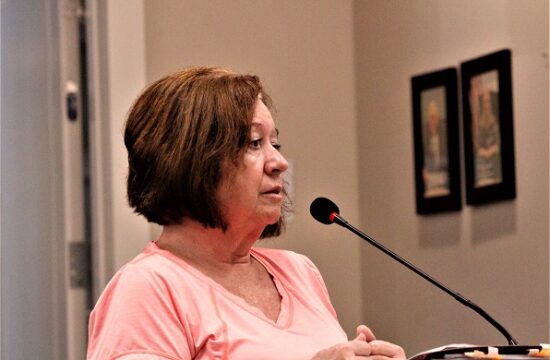By Terry Witt – Spotlight Senior Reporter
Prices for gasoline at the pump and for natural gas used to generate electricity have shot through the roof during the first 20 months of President Joe Biden’s administration.
Biden blames Russian dictator Vladimir Putin for high gasoline prices at the pump and for the inflation that has spiraled out of control during his term as president.
It’s true, Putin shut down natural gas shipments to Europe after invading Europe’s largest Democracy, Ukraine, which raised natural gas prices on the world market.
The United States is in a different situation than Europe.
Price increases for natural gas resulted from the Biden Administration and the federal agencies Biden oversees as president cancelling gas and oil lease sales out west, in Alaska and the Gulf of Mexico, and also from federal judges blocking new natural gas pipelines from being constructed in shale-rich areas of the east coast due to concerns about climate change, according to Jacob Williams of the Florida Municipal Power Agency (FMPA), the company that supplies electricity to Williston
When Putin cut off natural gas supplies to Europe, prices on the world market shot up to record levels and created an artificial shortage everywhere but in the United States. In this country, Williams said, decisions by the federal government after January 2021, and rulings by federal judges blocking natural gas pipelines from being constructed substantially reduced how much natural gas from oil shale could be shipped to market, resulting in sharp price increases.
FMPA sells electricity to Williston and 31 other cities. The wholesale power provider purchases its natural gas primarily from Texas and Louisiana on the open market, generates electricity at its power plants, and sells it to its members. The City of Williston is tethered to natural gas electric generation provided by FMPA. Residents are complaining about the high cost of electricity. The city says it can’t do anything about the higher cost of electricity caused by soaring natural gas prices.
Eighty percent of Florida generates electricity using natural gas. Most of the coal-fired electric generation plants were retired when the state shifted to natural gas, but without coal-fired plants to take up the slack when natural gas prices spike, the state is vulnerable to steep price increases in electricity, Williams said.
“Florida is in a tough spot. When the price of natural gas rises – your costs have risen 100 to 200 percent – the price of electricity has to go up for everybody and that’s what’s happening. It doesn’t matter if you’re a customer of Williston or some other cooperative, everybody has the same problem,” Williams said.
Williams said Europe plans to restrict how much natural gas can be used this winter because it won’t have enough to meet its needs. The United States exports 12 percent of its natural gas. Europe would love to tap into American natural gas.
“There is a shortage in the world. In the United States our prices are two to three times what they were a year ago,” Williams said. “The world market is like 10 times as high as our prices in the United States.”
Williams said there are three things impacting the rising price of natural gas in the United States and cost of electricity generated by natural gas. He said in January of 2021, after Biden assumed office, the federal government stopped approving oil and gas leases in the western United States and the Gulf of Mexico and Alaska.
“Everyone screamed that’s going to be a problem,” Williams said. “The federal government owns most of the land and if you don’t get leases, you can’t put wells on those leases,” Williams said. “You can’t drill new wells in the western U.S. where you need federal approval to be on those lands.”
He said the second thing that happened in the United States was the decision to wean the country off coal for generating electricity.
“Coal used to be 50 percent of our generation for electricity in the United States. We have closed 30 goal generation plants in the country, so all of a sudden gas prices are really high,” he said. “Normally, going back to the 70s when oil prices got real-high, coal picked up the extra and you were ready to go. Coal plants are all but gone now and there aren’t enough to keep up with the needs of the United States.”
The third factor in raising the price of natural gas was the loss of future pipelines to ship natural gas from shale-rich areas of West Virginia, Pennsylvania, and Ohio to markets.
Williams said “the shale revolution” helped the United States meet the demand for natural gas. Oil Shale sediment is used to produce gas and oil. Shale allowed companies to get new reserves of natural gas “very quickly.”
“Now we get 40 percent of our natural gas out of West Virginia, Pennsylvania, and Ohio. It’s just loaded with shale gas,” Williams said.
But he said there’s a problem with getting shale gas to market.
“Federal judges have been blocking pipeline after pipeline after pipeline right after the Sabal Trail pipeline was done,” Williams said. “The judges say you have to study the climate change effect of this pipeline moving natural gas to U.S. power plants to serve customers with electricity. It’s kind of ridiculous. We need electricity somehow, if it’s not natural gas it’s coal. Sorry, those are the two options we have.”
“The judges blocked those pipes. Natural gas from shale grew from nothing to 40 percent of the market in 12 years and that allowed very cheap and affordable electric prices. Then it was stopped. The administration came in and used these agencies – the Department of Energy and Department of the Interior to try to block and restrain fossil fuels and their infrastructure wherever possible,” Williams said. “We got plenty of gas. We just can’t get it to market because there’s no pipeline to do it. They won’t let us put in wells out west. What can we do? That’s why prices are up.”

—————————-
Enterprise Reporting by Terry Witt September 9, 2022, Posted September 9, 2022





